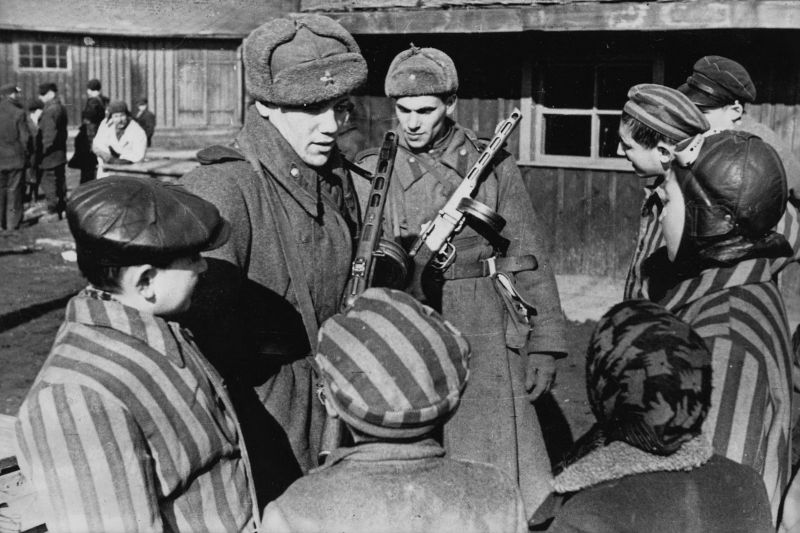When one hears of the term, Holocaust, it is often associated with the genocide or mass murder of approximately six million of the nine million Jewish people by Nazi Germany, led by dictator, Adolf Hitler, in conjunction with World War II, either at the concentration or extermination camps, which were established at various points which included Germany as well as areas conquered by her between 1933-41.
While the Jewish people were the main targets for the Holocaust, other victims of the mass extermination whom Nazi Germany considered ‘subhuman’ included: the Roma people, civilians of conquered areas, people with disabilities, LGBTQ+, Freemasons, trade unionists, people of color, people who practiced non-Christian religions, political opposition, and prisoners of war (POWs).
All in all, roughly seventeen million people perished during the Holocaust. Nazi Germany’s methods especially during World War II was enforced by the Gestapo and innumerable death squads, which included non-judicial incarceration, confiscation of property, forced labor, sexual slavery, death through overwork, human experimentation, undernourishment and execution through a variety of methods, such as gassing and mass shooting.
Many historians point to the start of the Holocaust when Nazi Germany launched Operation Barbarossa on June 22, 1941, which was the invasion of the Soviet Union. Joining Nazi Germany in its invasion included Italy, Finland, Hungary, Romania and Hungary. Spain’s dictator, Francisco Franco, sent mercenary troops, known as the Blue Division, to fight the Soviet Union as a favor of Germany and Italy helping Franco win the Spanish Civil War.
Ultimately, Nazi Germany and her allies failed in its invasion of the Soviet Union, losing badly in major battles in Moscow, Stalingrad, Kursk and the Siege of Leningrad, also known as the 900-day siege, which lasted 872 days from Sept. 8, 1941 through Jan. 27, 1944, which the Soviet Union Red Army troops repelled the Axis troops 100 miles southwest.
In conjunction to the western Allies, United States, Great Britain, Canada, Australia, New Zealand and France launching Operation Overlord, culminating with D-Day and the liberation of France, the Soviet Union launched Operation Bagration, permanently expelling the Axis troops from its territory, exactly three years from Operation Barbarossa.
After the Soviet Red Army expelled the Axis troops from its territory, the Red Army troops began liberating Eastern European countries from Nazi Germany’s control. On Jan. 27, 1945, the first extermination camp to be liberated from Allied control was among the most infamous, Auschwitz, with at least three million being killed here and 7,000 were left behind.
As a result, the United Nations recognized the liberation of the camp as International Holocaust Remembrance Day, which is commemorated on Jan, 27 of every year by the United Nations since Nov. 2005, in remembrance of the Holocaust, Jewish resistance and liberation of the camps. The commemoration has been recognized in nearly all countries worldwide on that date with a few notable exceptions.
The United Kingdom, Canada, Australia, New Zealand and France observed the commemoration on April 15th of each year when the British, Canadian, Australian, New Zealander and French troops liberated the Bergen-Belsen concentration camp. The United States observed it on April 29th of each year when the American troops liberated the Dachau concentration camp.
Regardless of which day you commemorate the remembrance of the Holocaust, utilize each day to recognize and fight against any forms of discrimination and hatred of people.










